For this, you can have a table where an item can reference its parent, if any.

If the ParentId column is NULL, the category is a root one. If not, the parent is referenced.
You can then find the subcategories of a category by walking through the table and searching for items with ParentId equal to Id of the category.
Note that ParentId must be indexed for better performance, and that there must be a foreign key of ParentId to Id to ensure the validity of your data.
Storing recursively the categories:
private void SaveCategoryRecursively(Category category)
{
foreach (var subCategory in category.SubCategories)
{
query(@"
insert into [dbo].[Categories] ([Id], [ParentId], ...)
values (@id, @parentId, ...)", ...);
this.SaveCategoryRecursively(subCategory);
}
}
public void SaveCategories(IEnumerable<Category> rootCategories)
{
foreach (var category in rootCategories)
{
query(@"
insert into [dbo].[Categories] ([Id], [ParentId], ...)
values (@id, NULL, ...)", ...);
this.SaveCategoryRecursively(category);
}
}

